Florida harvester ants, Pogonomyrmex badius, are reddish-brown and are easily spotted atop their nests in sandy soils. Their nests can be found in open woodlands, gardens, and lawns. The ants move about once a year and build a new subterranean nest that can be up to 6.5 feet deep.
Florida Harvester ants are polymorphic which means they are more than one size. The Major worker has quite a large head but is not any more aggressive than the minor workers. Each nest has one queen and an abundance of and minority workers. Harvester ants mate in May and swarm from June through Oct with the most swarms occurring in August and September.
Harvester Ants gather seeds from the ground and plants. They rely on the sun and odor trails to find their way back to the nest. After husking the seeds and discarding the waste in a midden near the entrance of the nest, the seeds are stored in grainery chambers within the nest. Favorite seeds include evening primrose, pokeweed, and red clover.
Although not aggressive, as with any animal, Florida harvester ants will defend themselves. Because they inject poison into their aggressor, their stings are more painful and last longer than the stings of most other ants.
#ConnectRespectCoexist

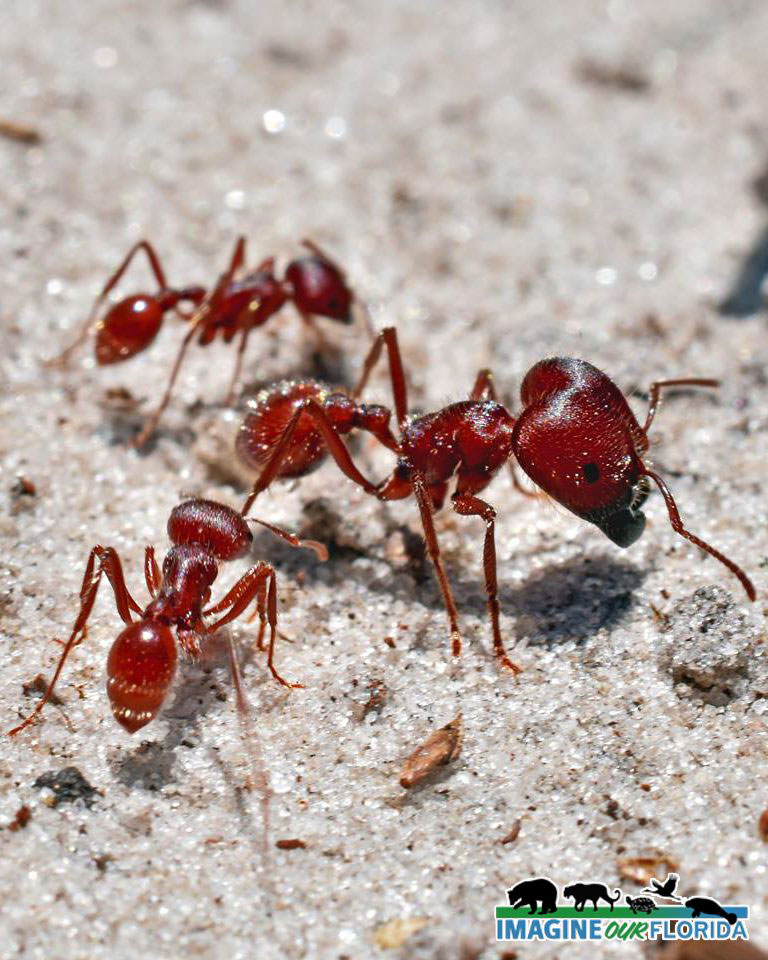
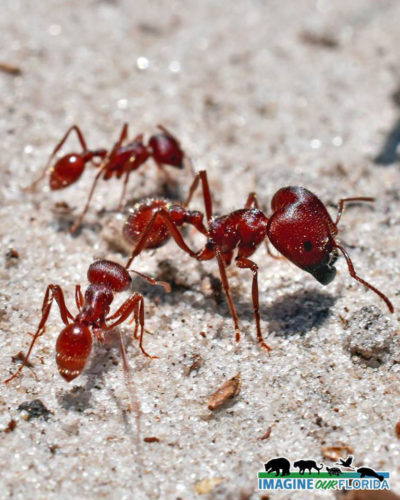
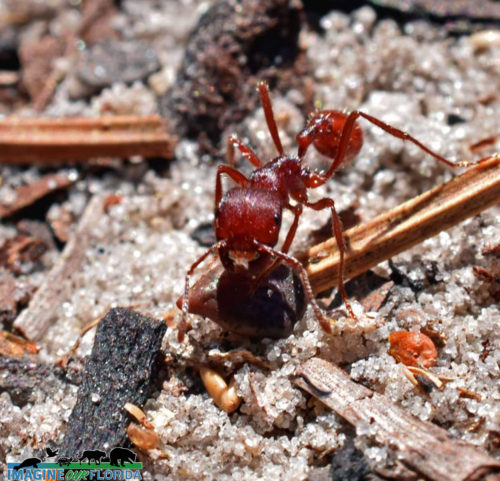
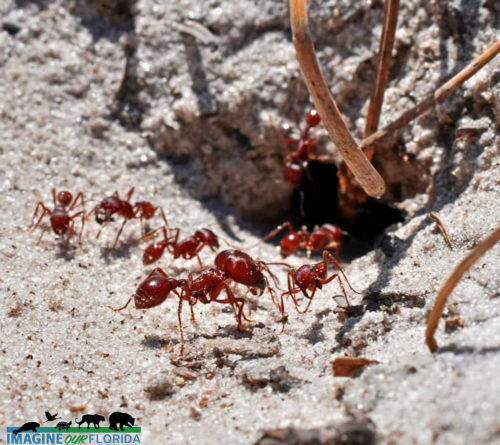
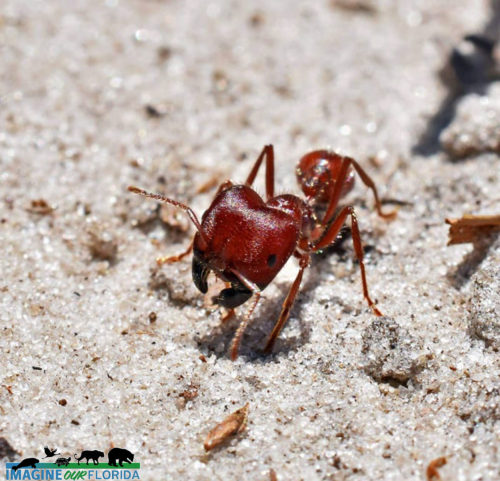
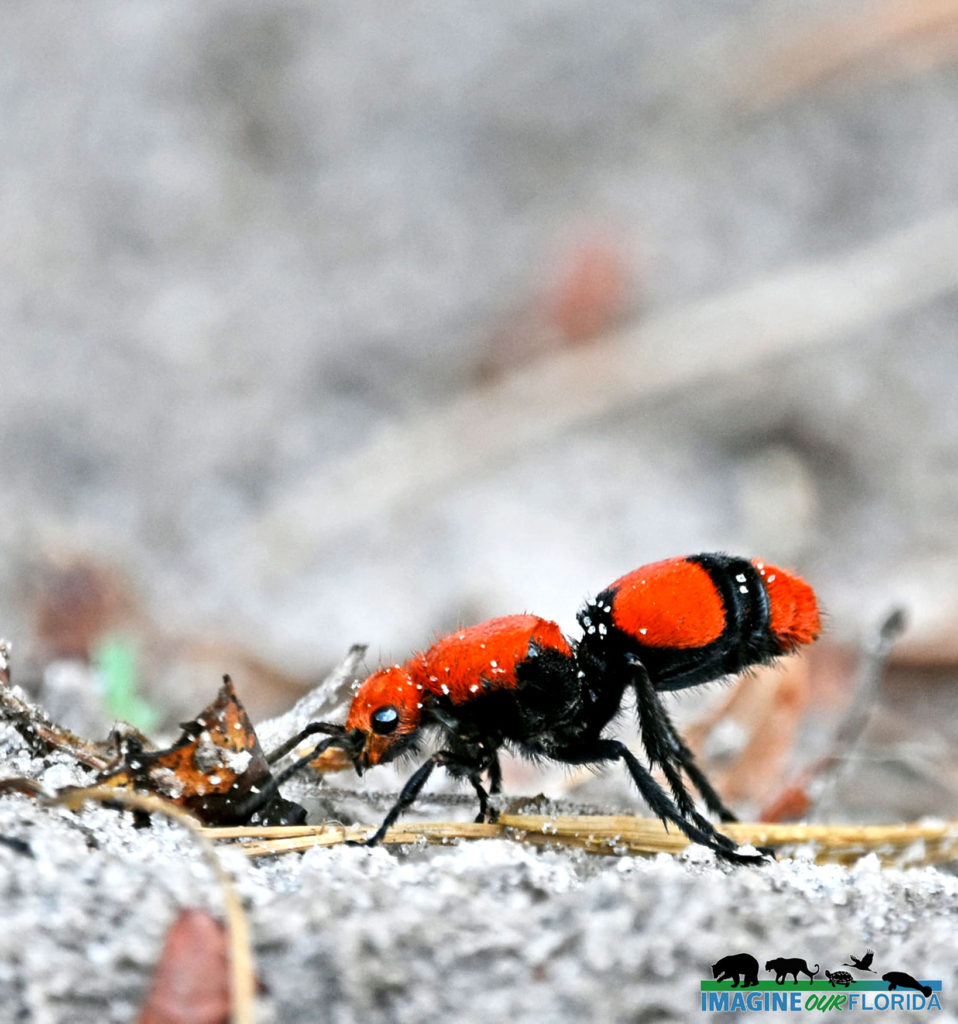
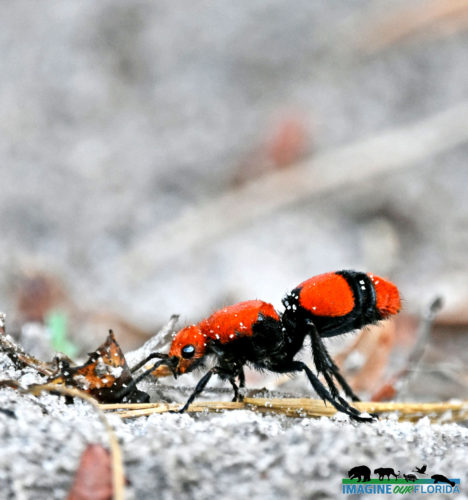
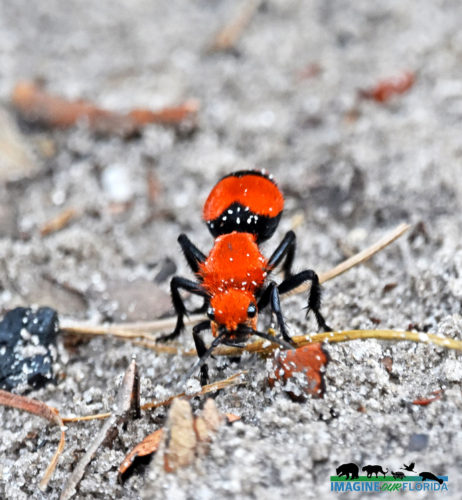
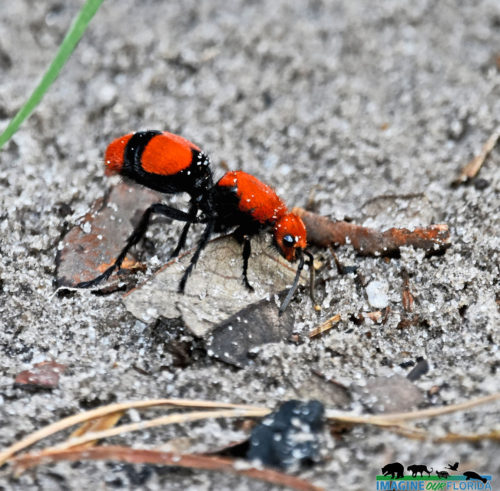
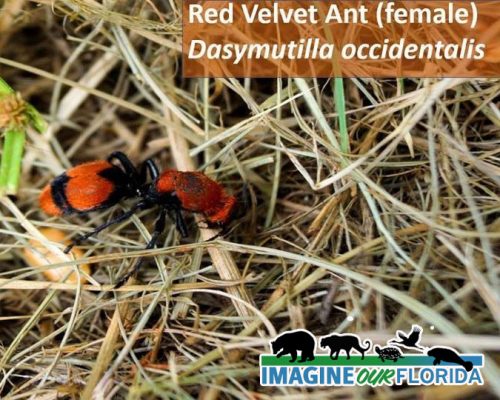
Recent Comments